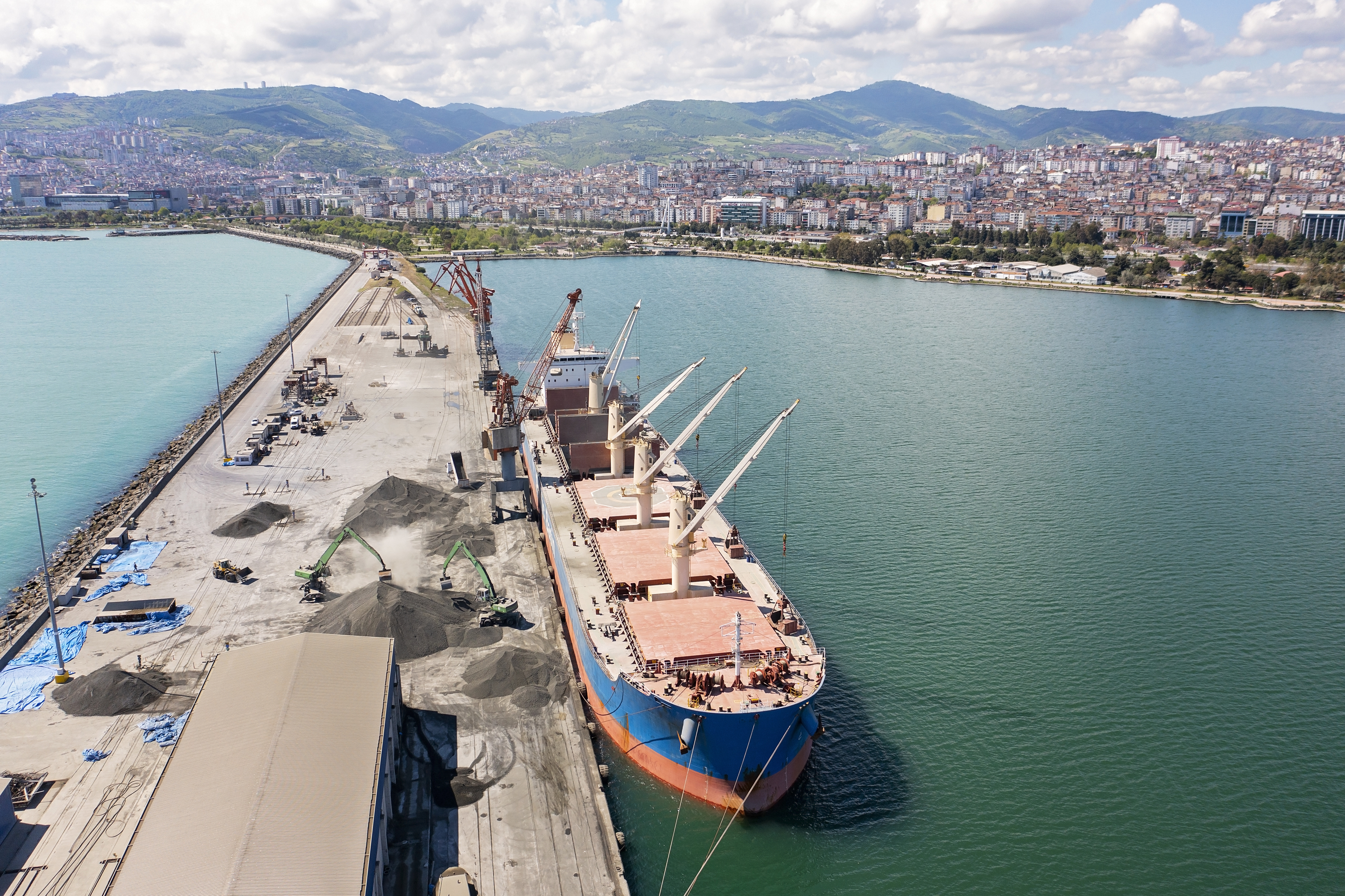
How ‘Make in India’ and NLP Initiatives Strengthen India’s Shipping and Logistics Industry : Pushpank Kaushik
One of the biggest logistics industries globally, India connects various sectors by offering supply chain, warehousing, and transportation solutions from suppliers to customers. This industry is critical to India’s thriving economic climate, supporting the free flow of products and services across the country and internationally. As India strives to accomplish its high economic goals, such as achieving a GDP of US$ 5.5 trillion by 2027, the modernization of the logistics industry becomes increasingly important.
Role of Make in India in Logistics:
In September 2014, the Make in India program was launched to support over 20 sectors, including the shipping and port industry in India. The program enables smooth integration of infrastructure and industry, promoting social and economic growth. It also strengthened trust-based governance by streamlining customs operations with the Indian Customs Single Window and PCS1x, enabling electronic clearing processes for importers and exporters, and fostering ease of doing business.
Financial assistance is given to Indian shipyards under the Shipbuilding Financial Assistance Policy (SBFAP) to secure international orders and boost competitiveness. The SBFAP has proven to be effective, as 31 shipyards have received 88 vessel orders totaling Rs. 6800 crore over the last four years.
Additionally, infrastructural development such as trans-shipment hubs, logistics parks, and national industrial corridors along with modern ports with effective freight-handling machinery and port-based SEZs provide strategic advantage to the industry. These efforts align with PM GatiShakti – National Master Plan, enhancing systematic, multi-modal connectivity across economic zones to ensure smooth movement of people, goods, and services.
National Logistics Policy: Enhancing Operational Efficiency
To complement PM GatiShakti’s National Master Plan (NMP), the National Logistics Policy (NLP) was further introduced in September 2022 to enhance both physical infrastructure and operational efficiency. It focuses on reforms, improved services and digitalization within the logistics sector, supporting its growth and integration and has taken significant steps :
- NLP advanced technology by launching the Unified Logistics Interface Platform (ULIP), integrating 34 logistics systems, providing a unified sign-on for traders and incorporating GST data seamlessly.
- It developed infrastructure through the Gati Shakti Programme, integrating national infrastructure and optimizing coastlines and waterways in collaboration with Sagarmala for improved connectivity.
- NLP also promotes reforms by supporting a unified regulatory framework for multi-modal logistics parks (MMLPs), enhancing first and last-mile connectivity and boosting logistics for export-import and related industries.
How do Make in India and NLP work together to enhance the logistics sector?
India’s Make in India initiative and the National Logistics Policy (NLP) are complementary strategies that work together to strengthen the country’s logistics sector. Mr. Pushpank Kauhsik, CEO of Jassper Shipping outlines the transformational capacities of both initiatives when combined :
Public-Private Partnership – Make in India and NLP contribute to public-private partnerships (PPP) by enhancing infrastructure. This includes projects like building a container terminal at Tuna-Tekra, Deendayal Port, developing Non-Major ports, and establishing a Special Economic Zone at Gangavaram Port. Other initiatives involve upgrading Berth No.13 at Deendayal Port for clean cargo handling and mechanizing NCB-III at V.O. Chidambaranar Port for dry bulk cargo.
Paperless Export and Import – Recent advancements in technology such as the e-sanchit portal facilitate paperless export-import trade, while customs now employ faceless evaluation. Systems like ULIP with Goods and Services Tax (GST) data streamline logistics-related processes.
Boosted Efficiency and Low Cost – India’s Comprehensive Logistics Action Plan (CLAP) outlines goals to cut logistics costs to global standards by 2030 aiming to rank among the top 25 countries in the Logistics Performance Index. It emphasizes interoperability, risk reduction, process efficiency, and business ease through standardised physical assets and service quality benchmarks across logistics sectors like transportation infrastructure, warehousing, and packaging.
Kaushik further adds, “Make in India and National Logistics Policy enhance India’s economy and strengthen its position in the global logistics industry. From manufacturing ships to advancing technology for customs clearance and paperless shipping, these initiatives enhance sector efficiency, reduce costs, and foster industrial growth.”
Furthermore, these efforts encourage investment and bolster different sectors, making a substantial contribution to GDP growth. Serving as a crucial facilitator of trade and business, the logistics industry with these initiatives plays a foundational role in economic advancement, empowering India to unlock its complete capabilities and attain lasting prosperity.
